Maybe you already know some of them, maybe you don’t know any of them, but here is just a little info about Mongolian culture that will interest you.
Shaking hands after stepping on someone’s shoes

When you step on someone’s shoes or feet by accident, you better shake their hand otherwise it would be considered disrespectful and impolite.
Sniffing people instead of kissing them
When older people usually see their younger relatives, they will usually sniff them on their forehead instead of kissing them, however, it is considered the same as kissing them on their cheeks.
Exchanging khuurug with others
A Khuurug is a Mongolian tobacco container made out of rare stones and marble. When you meet people during cultural celebrations, you exchange Khuurug and sniff each other’s tobacco. You always exchange the Khuurug with the right hand.
Mongolian traditional greeting
This is mostly done during cultural festivals as well, specifically during the Tsagaan Sar. When greeting someone during the Tsagaan Sar, the older person places their hands above the younger person and kisses each other’s cheek. It’s like French Bisou, but you place your hands either under or above.
Wrapping things around with khadag
Certain landmarks like trees, big rocks, mountain peaks, etc are sometimes decorated with khadag. A khadag is a blue silk cloth that symbolizes purity and appreciation. Certain landmarks get decorated with khadag due to superstition.
Preparing food when guests come over
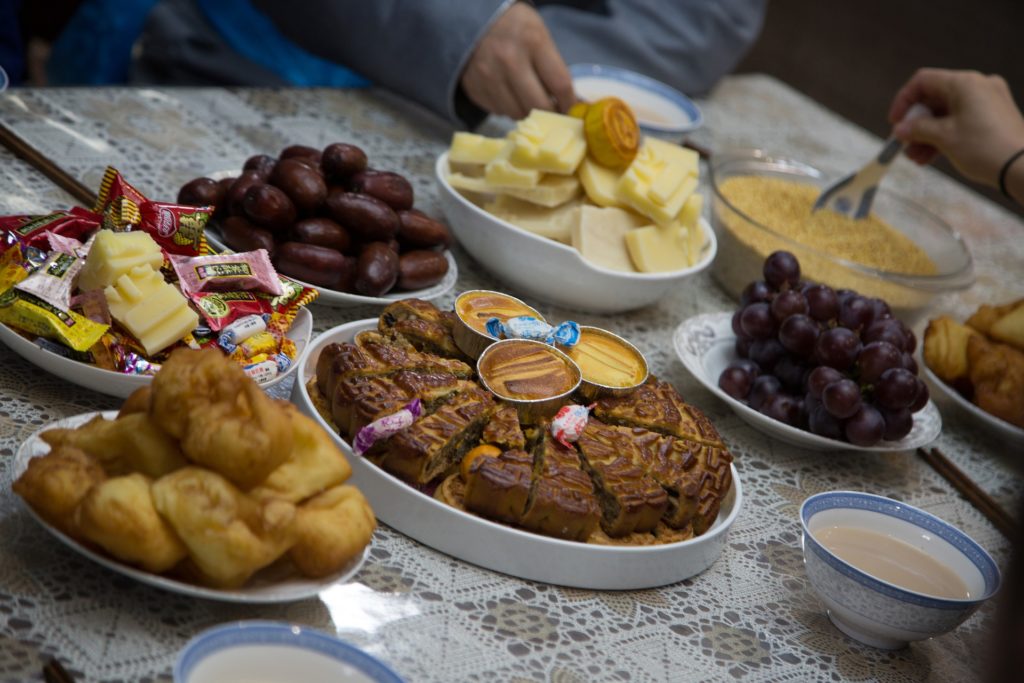
Whenever guests come over uninvited, it is mandatory for a Mongolian to prepare you some Suutei Tsai and Boortsog, or some candy. If you stay for a bit longer, they will proceed to prepare some food for you.
Chanting uukhai uukhai
During the Naadam Festival especially, people will chant Uukhai Uukhai as a way to get excited about the event. It is the same as chanting Ole ole ole during a football match.
Chinggis Khaan is everywhere
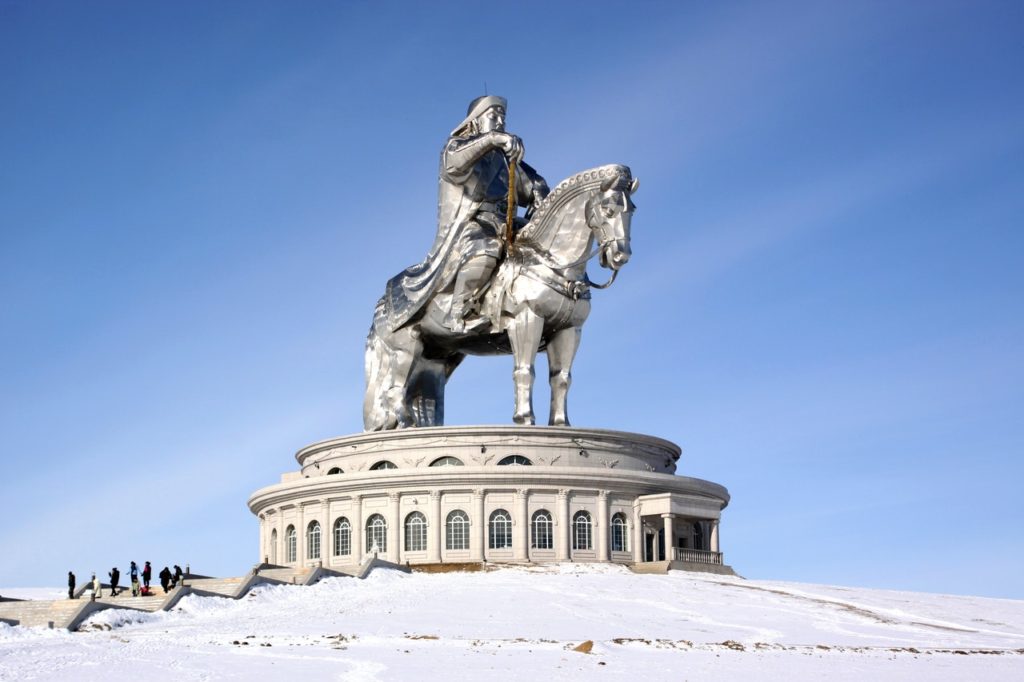
Being the founder of Mongolia, Chinggis Khaan can be seen almost everywhere in Mongolia. Buildings, vodka, monuments, etc are named after him. Some people even have his portrait in their homes. While some foreigners might have a negative view of him due to Western-centric history, Chinggis Khaan is still a national hero for Mongolians. Without him, there wouldn’t be Mongolia we know of today.
Using traditional script and Cyrillic
The traditional script is sometimes used for cultural and historical reasons, but most often the Cyrillic alphabet is used for day-to-day purposes. It does not mean Mongolians speak Russian, Mongolians just adopted their alphabet for the Mongolian language.
Drinking exotic drinks
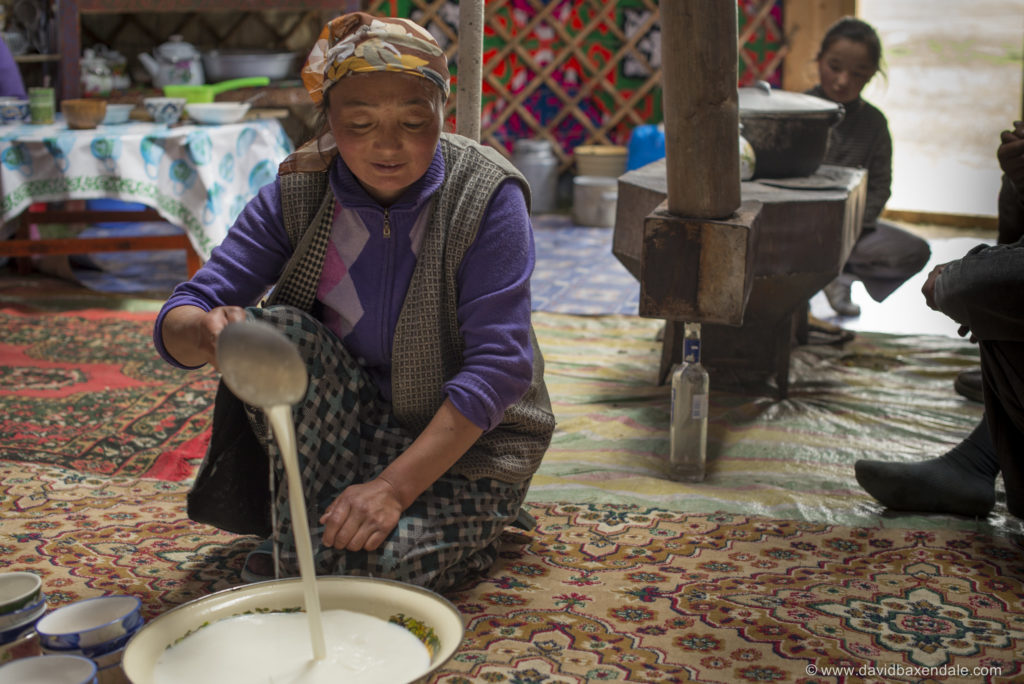
Airag and suutei tsai are a few of the exotic drinks you will have in Mongolia. Airag is fermented mare’s milk and Suutei Tsai is tea with milk but it contains salts and some fats instead of sugar. It’s something people grow to like since most foreigners find the taste strange at first.
Wrestling from a young age
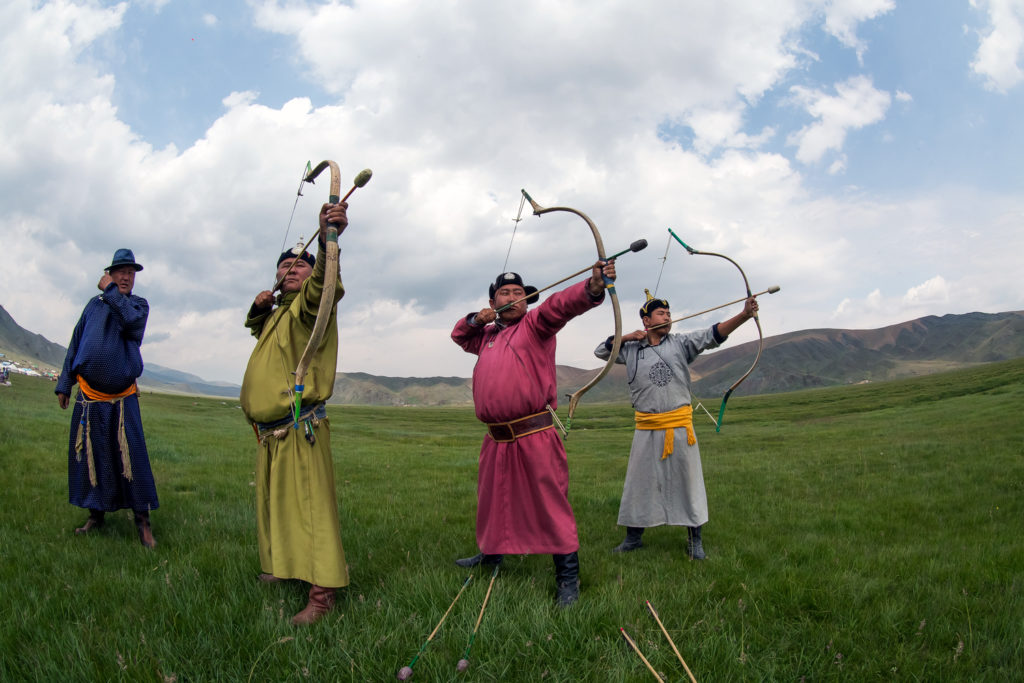
Mongolian boys are encouraged to be physically strong, so you will see a lot of boys wrestling and misbehaving whenever they see their cousins or just make new friends when they are young. Even grown adult men challenge each other to wrestle from time to time just for fun.
Wearing dress/robe during hot weather
If there is one thing Mongolians do well, it is wearing “dresses” like a badass. Mostly nomads wear the deel on a daily basis, but for cultural celebrations, many urban Mongolians put on the deel and a cowboy hat as well.
Using the Swastika symbol
It is not what you think. The Swastika symbol has been around for hundreds of years before Hitler and actually means peace and prosperity. So if you do find Swastika symbols in Mongolia, please understand it’s the opposite of what Hitler preached.
Living in portable houses
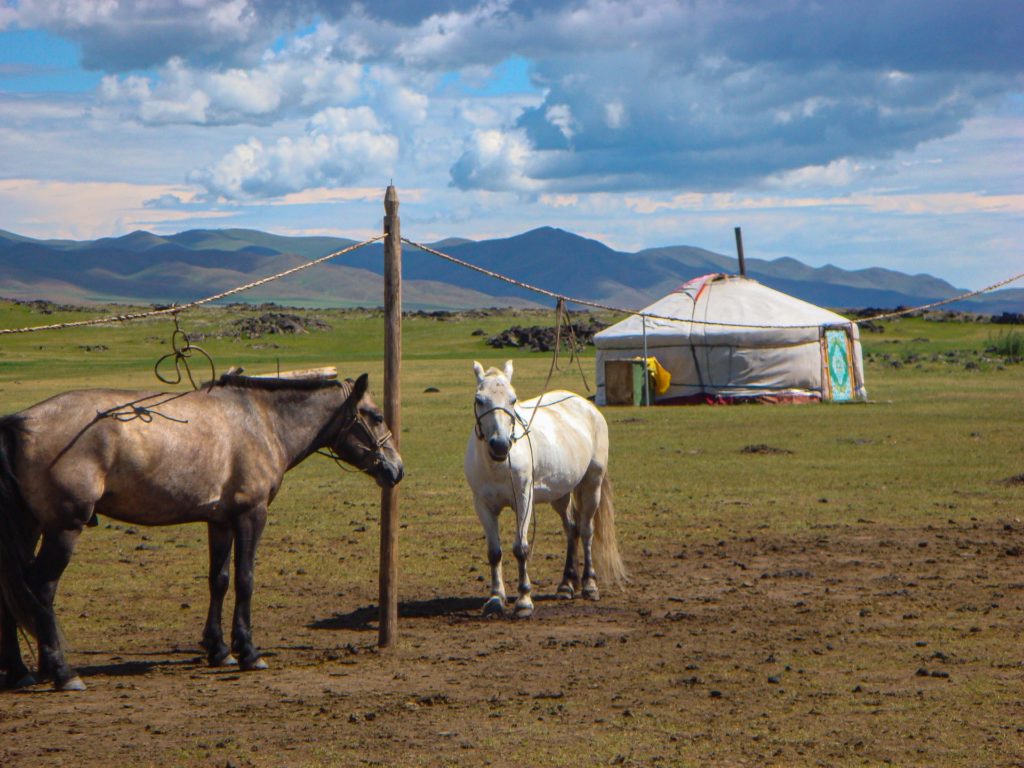
We call the gers. Though many Central Asian and nomadic cultures have their version of the ger, the Mongolian ger is one of the most simplest and practical looking. It only takes a few hours to pack it up and rebuild it. This is built to withstand a lot of the elements. Nomads survive in this during -50 degrees celsius winters on a daily.
Worshipping the sky
Mongolians have been worshipping the sky, or Tenger as called in Mongolian, for hundreds of years before the introduction of Buddhism and other religions. Many people still consult shamans while at the same time being Buddhists or Christian. Many Mongolians are in fact polytheistic.
